The technique of sheet metal spinning, also known as metal spinning or spin forming, involves rotating a sheet of metal while exerting forces on it to shape it into a cylindrical object. Read More…
At Ace Metal Spinning, we believe in creating products that precisely meet our customers' specifications. If you need a unique part, we can make it for you. We also provide in-house tooling to keep your costs low. It is our goal to benefit our customers however we can through our service, products, and prices. Learn more on our website today!
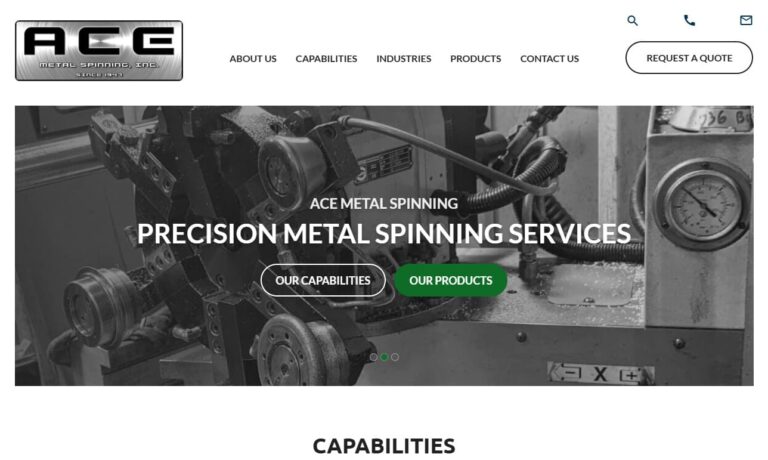
Our CNC spinning equipment are fully automated machines and capable of sheet metal spinning, trimming and beading all in one process. Copper spinning and aluminum spinning symmetrically round items is what we do most. Stainless Steel spinning is very popular for the pharmaceutical and food service parts we make. If you need to produce a symmetrical metal part without seams and with minimal...
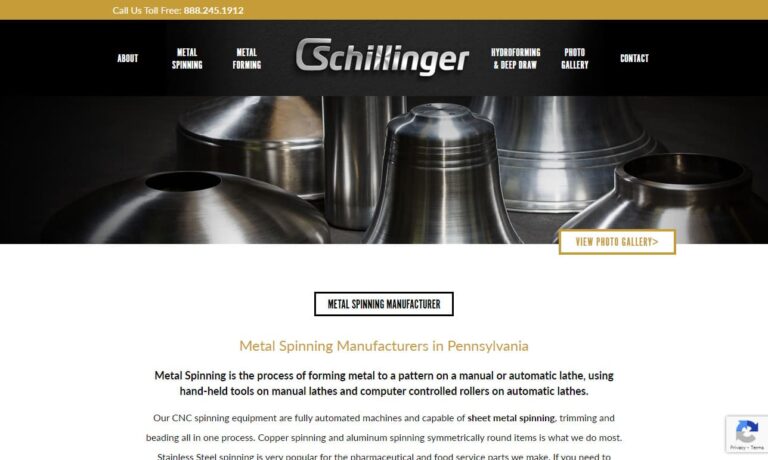
At Stuecklen Manufacturing Company, we take pride in our long-standing expertise in the art and science of metal spinning. Since our founding, we have dedicated ourselves to combining traditional craftsmanship with modern technology to produce precision-formed components that meet the highest standards of quality and performance.

At Sundry Metal Spinning, we specialize in providing comprehensive solutions for metal spinning, catering to the diverse needs of industries worldwide. With our commitment to excellence and extensive experience, we have established ourselves as a trusted partner for customers seeking high-quality and precise metal spinning services. Our metal spinning capabilities encompass a wide range of...

In business since 1944, Muncie Metal Spinning has been a metal spinning company offering tanks, air cleaners, sump breather tanks, fill cans and much more. In addition, we do custom ornamental metal spinning from aluminum, copper or brass, welding, shearing, and prototype development. Call us today for more information or visit our website and request a quote!

More Spin Forming Companies

The spinning of sheet metal includes the application of pressures to shape the sheet metal; no material is removed during the process.
How Sheet Metal Spinning is Performed
In a sheet metal spinning operation, the metal piece is quickly turned while being forced against rollers. The mandrel supporting the sheet metal causes it to take the shape of the mandrel when it is pressed by the rollers, giving the desired shape. The components created by spinning sheet metal exhibit rotational symmetry; most are hollow-shaped (like a cylinder, hemisphere, or cone). A manual lathe or CNC lathe is typically used for sheet metal spin forming. The blank, mandrel, roller, and a spinning machine tool are the important primary elements throughout the metal spinning process (i.e., manual or CNC lathe).
A sheet of metal in the shape of a disk is cut out of the stock and used as the spinning blank. A mandrel is a sturdy object that aids in giving the desired shape to the blank sheet when pressed with a roller. And the rotating chuck of the lathe is joined with this mandrel. There are several types of mandrels for varied uses, but multi-piece mandrels are employed in sheet metal spinning, especially for spinning complex pieces. A wooden mandrel or a plastic mandrel may be utilized because the spinning process does not subject the mandrel to much wear.
But the metal mandrel is favored for purposes of large-scale manufacture. The lathe's headstock and tailstock are secured together with the sheet metal blank and mandrel, and the lathe is then rotated rapidly. With a roller tool, force is provided during the rotation of these components, pressing the sheet metal and causing it to bend and take the shape of the mandrel. The final shape is achieved by repeatedly passing the roller tool over sheets with thicker or more intricate shapes. Typically, steel or brass rollers attached to a lever press a metal sheet. The spinning rollers are inexpensive and seldom worn out during spin forming.

Spin Forming Methods
There are four main spinning techniques utilized in spin forming.
- Conventional Spinning
- Shear Spinning
- Cold Spinning
- Hot Spinning
Conventional Spinning
Conventional spinning involves pushing the blank up against the mandrel, giving it its shape. Therefore, the completed component will resemble a mandrel in shape and have a diameter less than the blank. Additionally, the spinner component's thickness will remain consistent.
Shear Spinning
In shear spinning, the roller moves forward while bending the sheet blank over the mandrel and applying downward stress. As a result, the thickness of the spinned component will decrease as the sheet blank stretches. With shear spinning, the spinned part's outside diameter maintains its initial blank diameter.

Types of Spinning Processes
Depending on whether the blank or workpiece has been heated before spinning, the spinning process is divided into two categories: hot-spinning and cold-spinning.
Hot Spinning
The metal blank is heated to the forging temperature and then formed into the required shape during hot spinning. It is done by pressing metal over the forming mandrel using a blunt tool that makes contact with the rotating part's surface. This technique is typically utilized for thicker plates and sheets that cannot be deformed plastically by a pressing instrument at room temperature. In addition, backup support opposite the tool is utilized when dealing with relatively thin sheets to prevent creasing at the outer edge. The hot spinning creates components like the heads for huge tanks, refinery equipment, and pressure vessel vessels.
Cold Spinning
The difference between the cold and hot spinning processes is that the metal blank is handled at room temperature. Thin aluminum plates, sheets, and other soft metals are typically the ideal candidates for this technique. In addition, light reflectors, culinary utensils, liquid containers, radial engine cowlings, hollow domestic parts, and other items are produced via cold spinning.
Advantages of Spinning
When several different forms are required, but only a small number of each shape is needed, the spinning technique is typically utilized to manufacture huge pieces. Some advantages are listed below.
- Comparable to Drawing Process: Spinning is similar to drawing when making cylindrical, axisymmetric pieces.
- Economic process: Spinning requires a few basic tools, so tiny lots may afford it.
- Suitable for Large Parts: Spinning makes larger pieces much easier to create than sketching.
- Complicated Shapes Produced: The spinning method makes it simple to create complex shapes.
- No Investment in Die Making: Since no unique tooling or dies are needed to be made, the spinning action can be quickly tested without spending money on new models.
- No Finishing Operation Required: The spun parts don't need finishing processes, such as bending, trimming, etc.
Limitations of Spinning
- More Time Required: The spinning process takes longer than the drawing procedure to make a cup.
- More Skill Required: The tool must be manually forced on the metal blank during the spinning process, so operator expertise is more important.
- Not Suitable for Large-Scale Production: Large-scale production is not a good fit for the spinning process because it takes more time.
Applications of Spinning
The majority of metals that come in sheets can be spun. Carbon steel, aluminum, copper, brass, and stainless steel are the most frequently utilized materials.
- Alloys made of molybdenum, titanium, and magnesium are often spun using a heated process.
- It is simple to hand spin aluminum alloy to a thickness of 6 mm, low carbon steels and brass up to 4.5 mm thick, and stainless steel up to 3 mm thick.
- Axis-symmetrical cup-shaped products are made using the spinning technique.
- When the expense of the necessary instruments makes a drawing technique unprofitable, a small batch of products is produced using the spinning method.
- Making deep conical pieces is especially suited for spinning.
- The only method for creating many intricate objects and re-entrant shapes is spinning.
- Additionally, hollow items with a neck diameter that is smaller than the midsection can be produced by spinning.
Choosing the Right Spinning Manufacturer
To make sure you have the most positive outcome when purchasing Spinning from a Spinning Manufacturer, it is important to compare at least 4 Companies using our Spinning directory. Each Spinning Manufacturer has a business profile page that highlights their areas of experience and capabilities and a contact form to directly communicate with the manufacturer for more information or request a quote. Review each Spinning business website using our proprietary website previewer to get an idea of what each business specializes in, and then use our simple RFQ form to contact multiple Spinning companies with the same form.


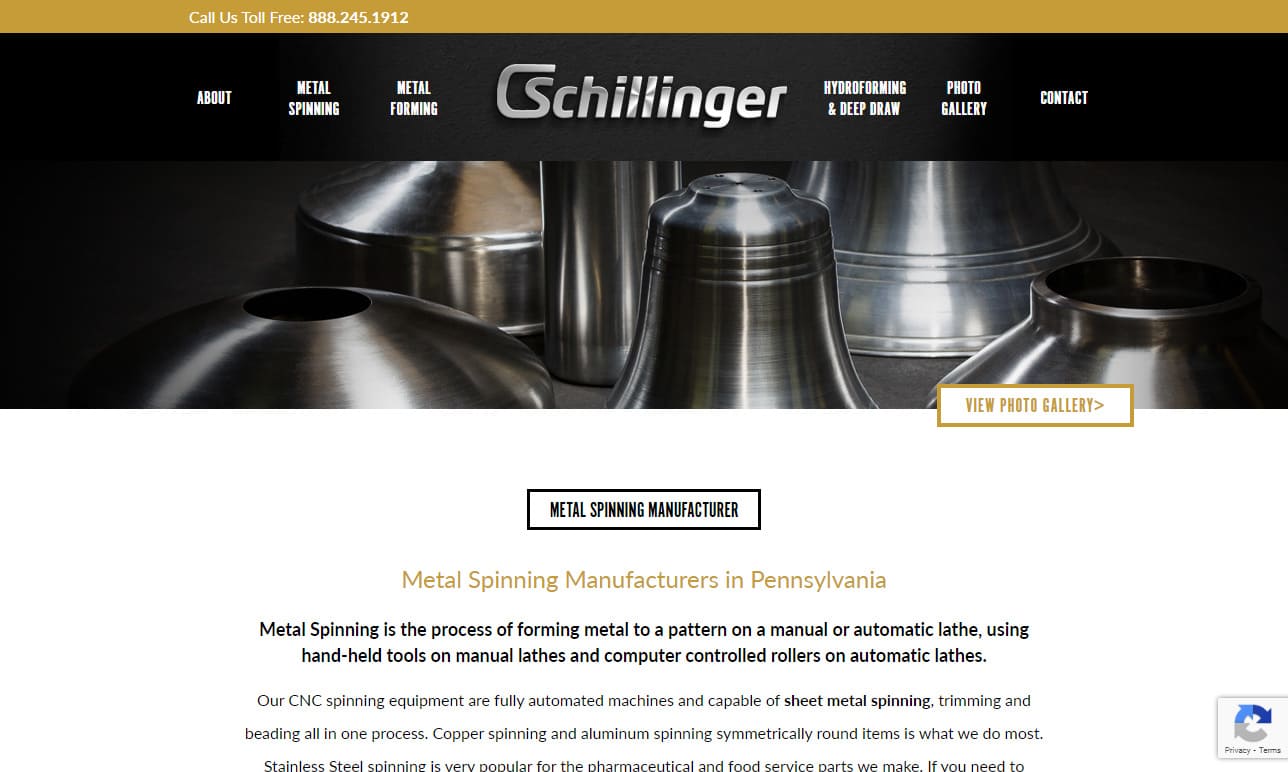



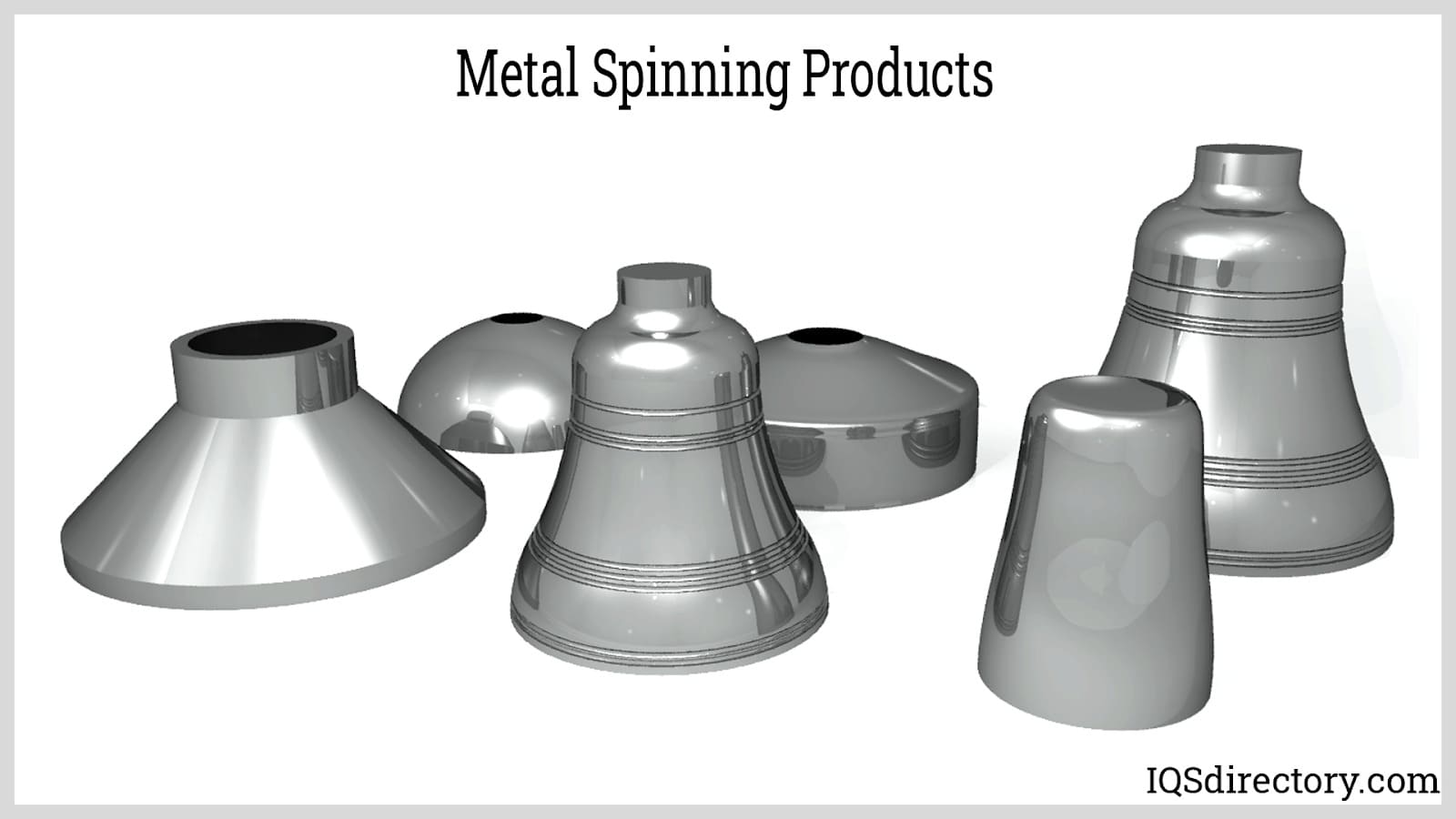
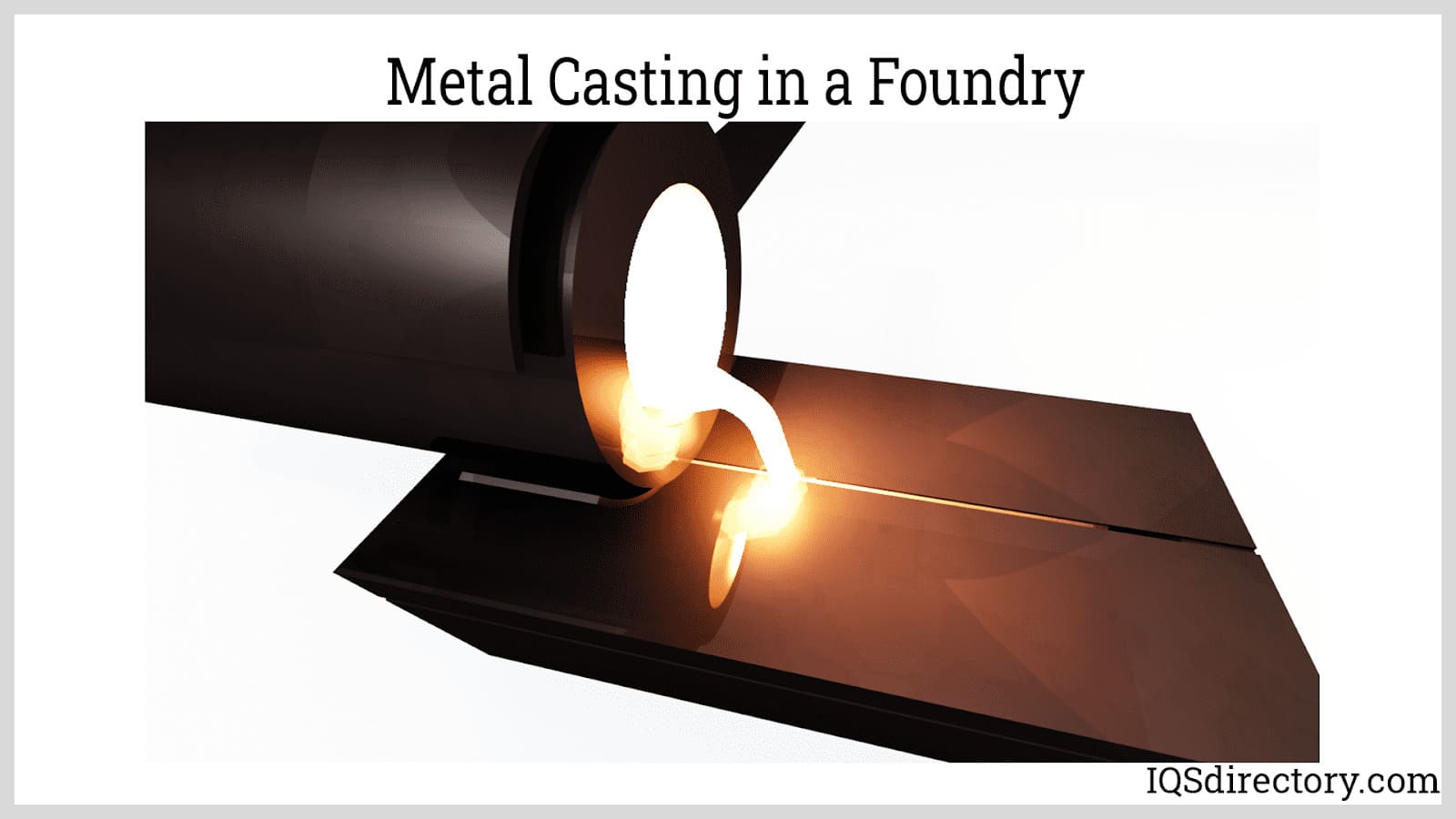
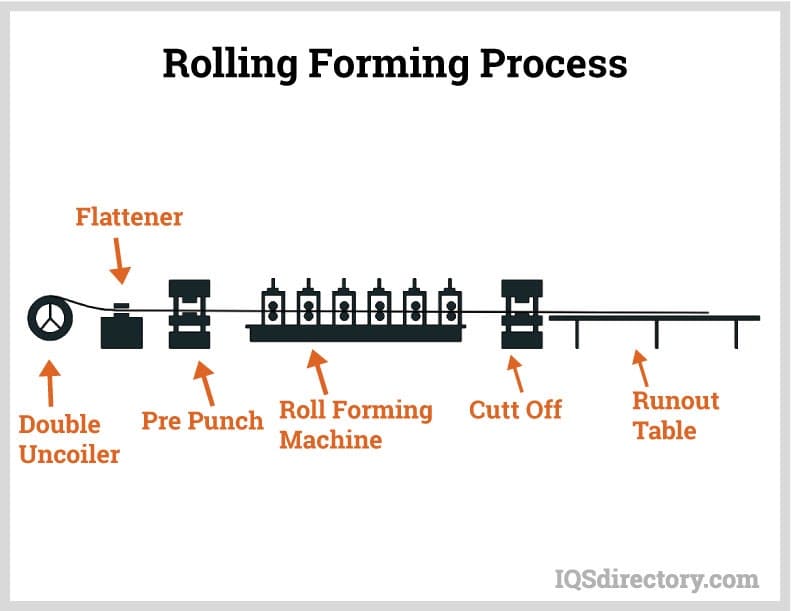
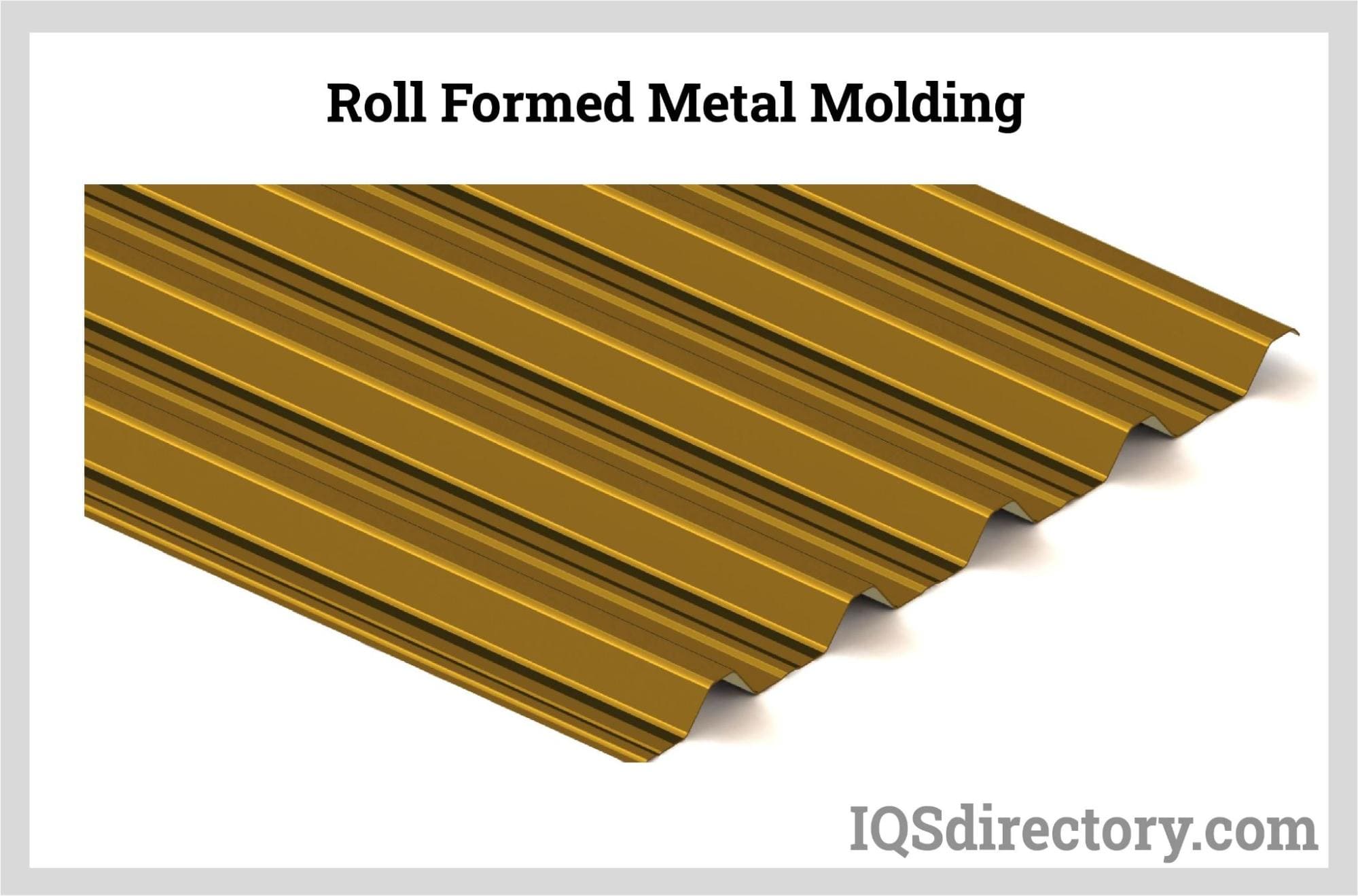
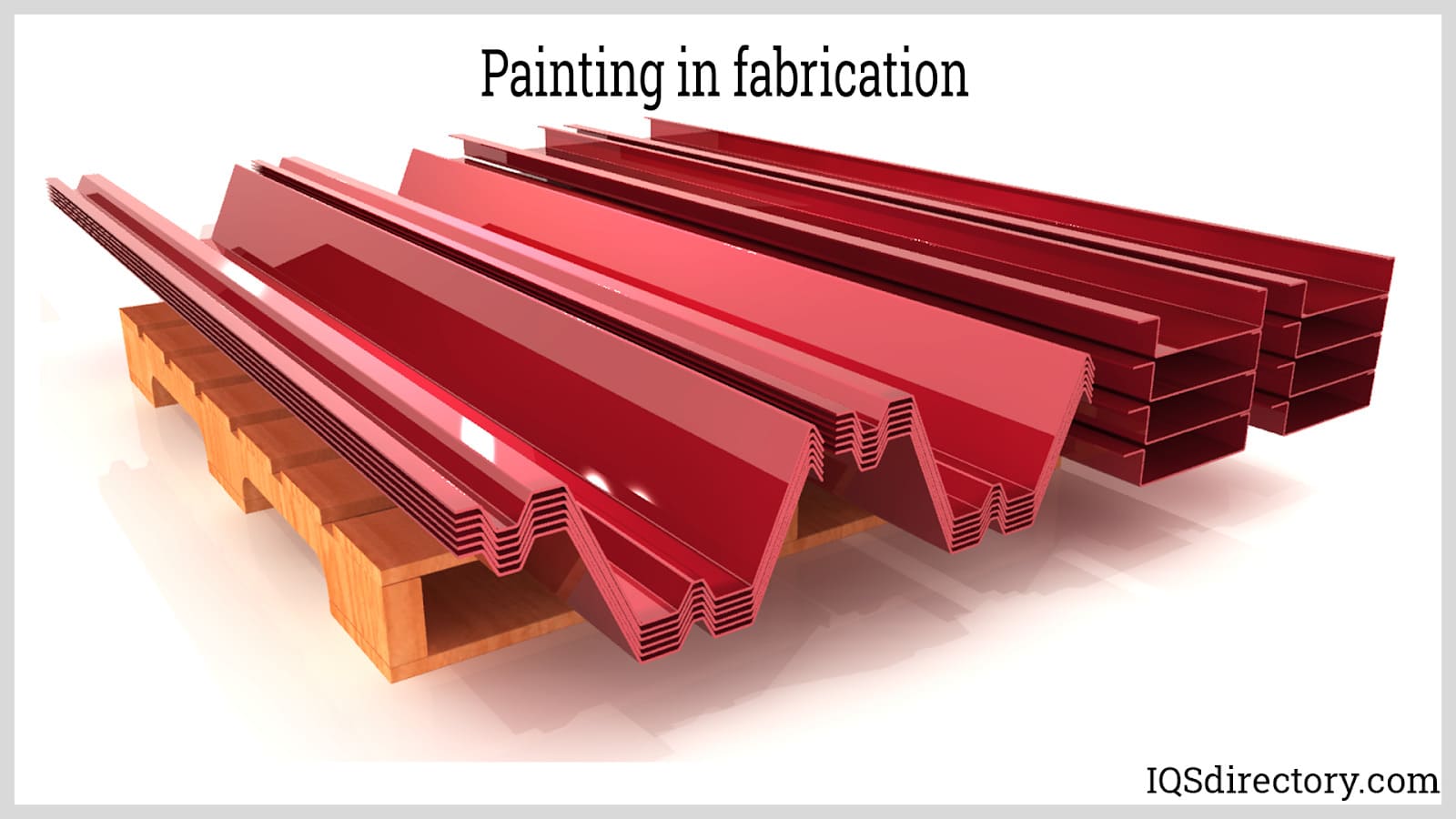
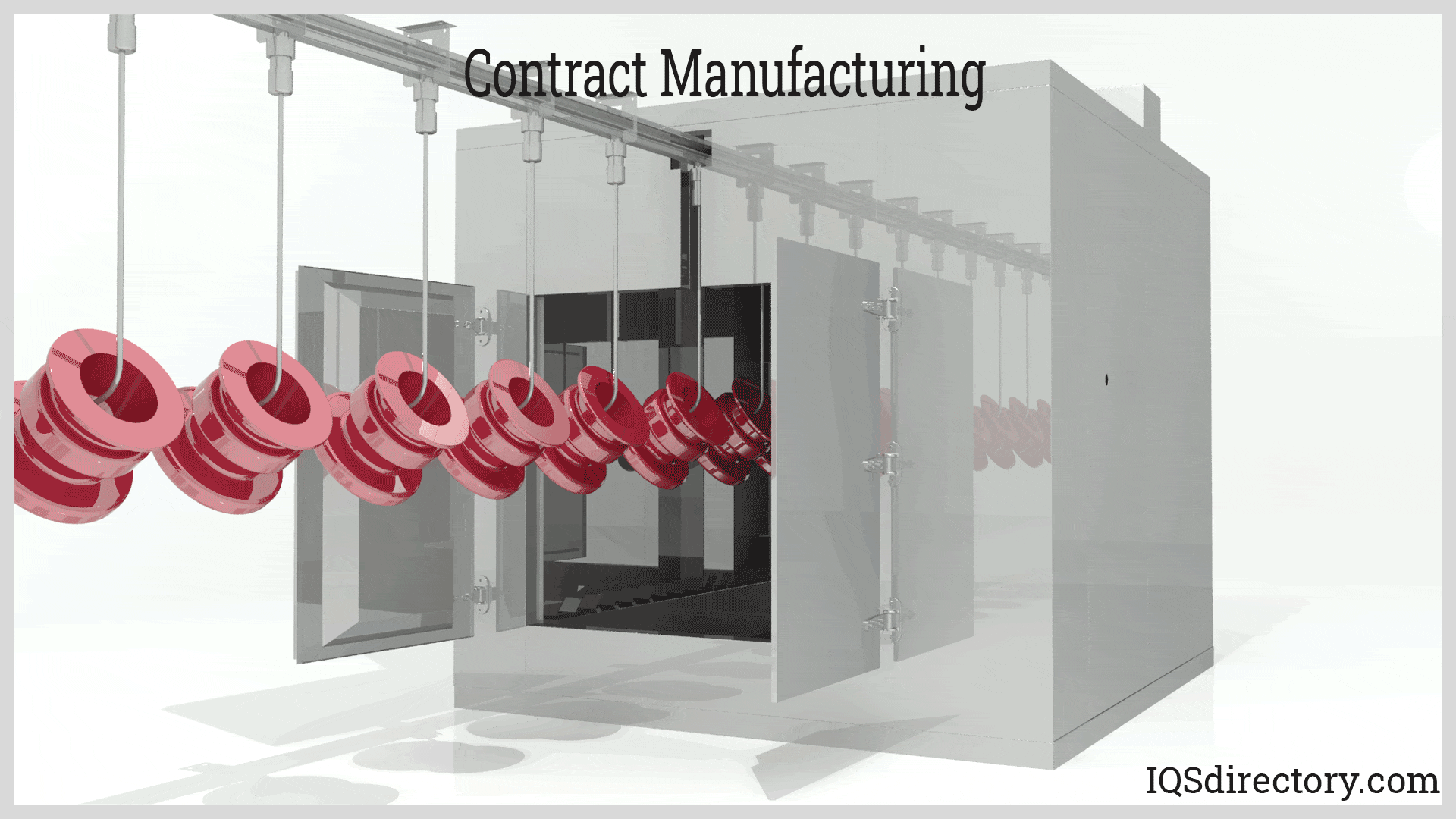
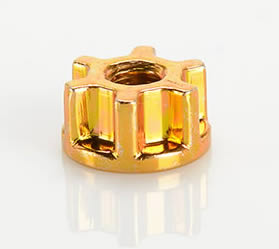 Cold Headed Parts
Cold Headed Parts Expanded Metals
Expanded Metals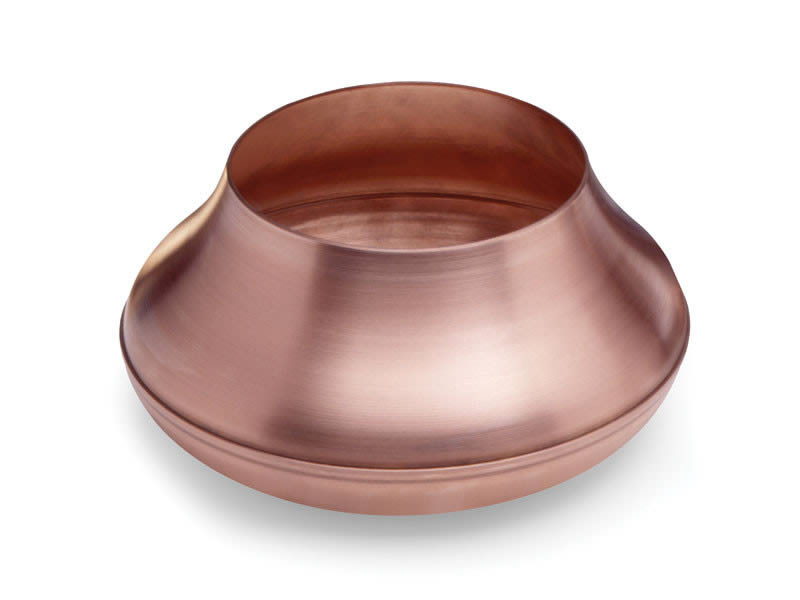 Metal Spinning
Metal Spinning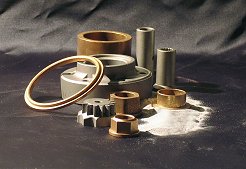 Powdered Metal Parts
Powdered Metal Parts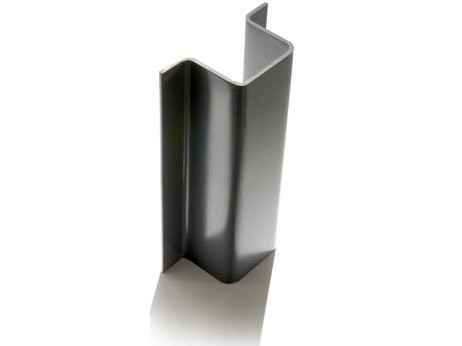 Roll Forming
Roll Forming Springs
Springs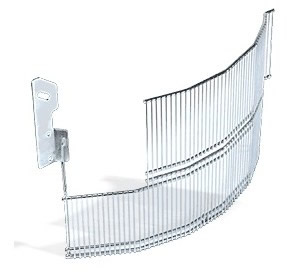 Wire Forms
Wire Forms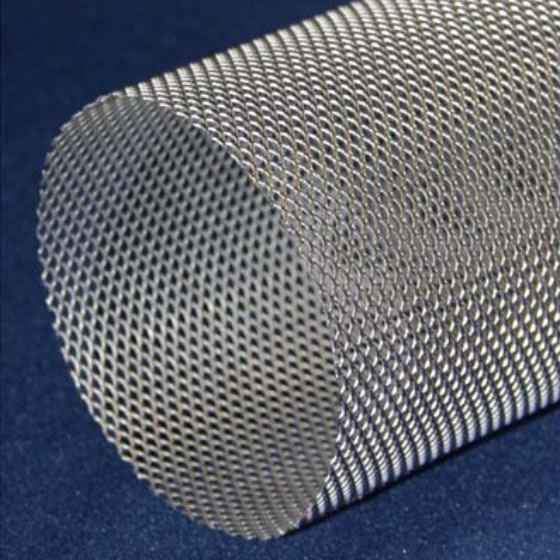 Wire Mesh
Wire Mesh Castings & Forgings
Castings & Forgings Bulk Material Handling
Bulk Material Handling Electrical & Electronic Components
Electrical & Electronic Components Flow Instrumentation
Flow Instrumentation Hardware
Hardware Material Handling Equipment
Material Handling Equipment Metal Cutting Services
Metal Cutting Services Metal Forming Services
Metal Forming Services Metal Suppliers
Metal Suppliers Motion Control Products
Motion Control Products Plant & Facility Equipment
Plant & Facility Equipment Plant & Facility Supplies
Plant & Facility Supplies Plastic Molding Processes
Plastic Molding Processes Pumps & Valves
Pumps & Valves Recycling Equipment
Recycling Equipment Rubber Products & Services
Rubber Products & Services